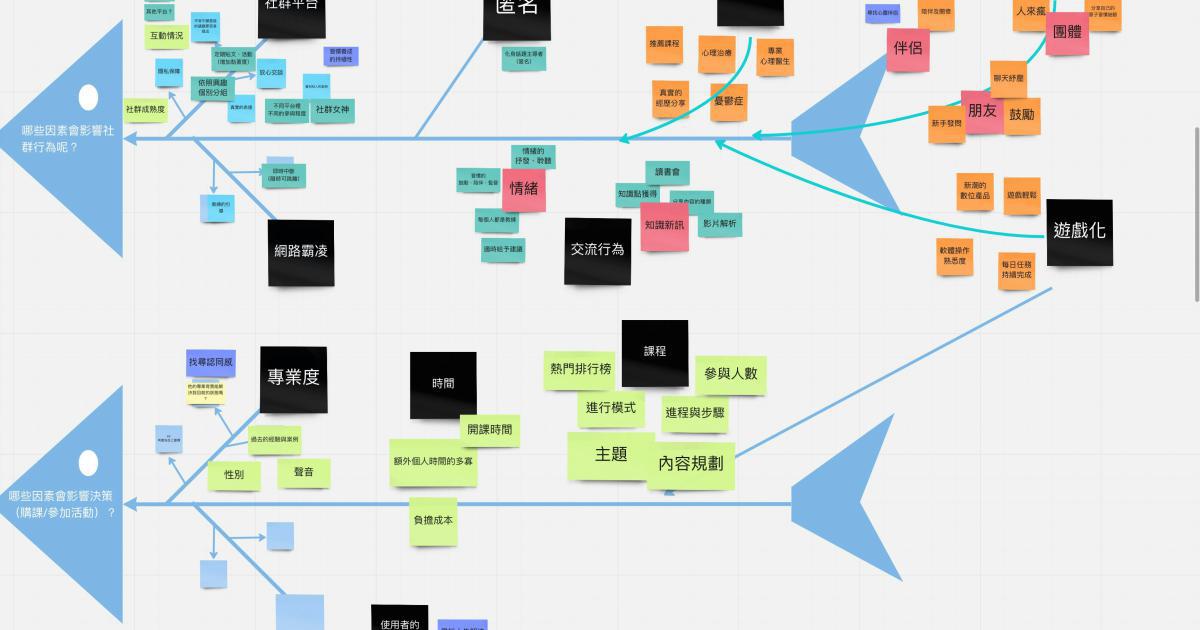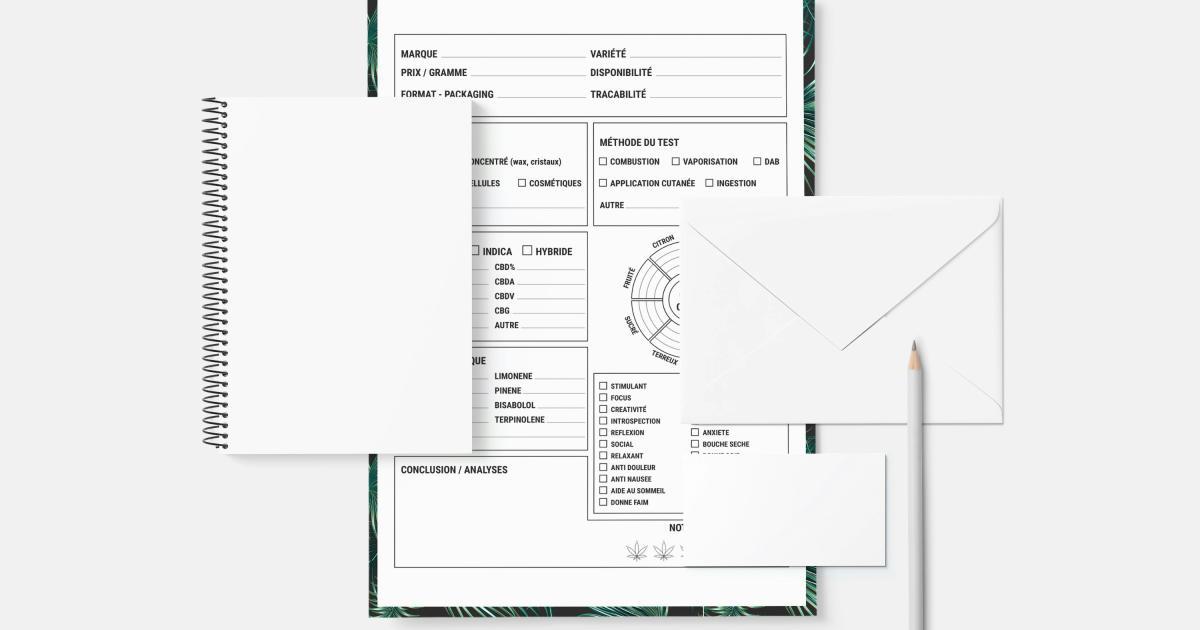The Art of User Behavior Segmentation Strategies


Understanding the Importance of User Behavior Segmentation
In the ever-evolving digital landscape, understanding user behavior has become a critical component of successful marketing and product strategies. User behavior segmentation is the process of dividing a user base into distinct groups based on their observed actions, preferences, and characteristics. By analyzing these behavioral patterns, businesses can gain valuable insights that enable them to tailor their offerings, optimize user experiences, and ultimately drive better outcomes.

At the heart of user behavior segmentation lies the recognition that not all users are alike. Each individual has unique needs, motivations, and pain points that shape their interaction with a brand or product. By segmenting the user base, businesses can move beyond a one-size-fits-all approach and instead deliver personalized experiences that resonate with their target audience.
The Benefits of User Behavior Segmentation
Implementing effective user behavior segmentation strategies can unlock a plethora of benefits for businesses, including:
Improved Targeting and Personalization: By understanding the distinct characteristics and preferences of each user segment, businesses can craft targeted marketing campaigns, personalized product recommendations, and tailored content that resonates with their audience.
Enhanced User Engagement: Leveraging user behavior insights allows businesses to create more engaging experiences that keep users active, loyal, and enthusiastic about the brand or product.
Increased Conversion Rates: Tailoring the user experience to the specific needs and behaviors of each segment can lead to higher conversion rates, as users are more likely to take the desired actions.
Optimized Resource Allocation: With a deeper understanding of user behavior, businesses can allocate their resources more effectively, focusing on the most valuable and profitable segments.
Competitive Advantage: Organizations that excel at user behavior segmentation can gain a competitive edge by outmaneuvering rivals in terms of customer understanding and targeted interventions.
The User Behavior Segmentation Process
Effectively implementing user behavior segmentation involves a systematic approach that encompasses the following key steps:
Data Collection: Gather relevant user data from various sources, such as website analytics, customer relationship management (CRM) systems, and user feedback channels.
Behavioral Analysis: Examine the collected data to identify patterns, trends, and similarities in user actions, preferences, and interactions.
Segmentation Model Development: Utilize statistical techniques and data mining algorithms to create distinct user segments based on the observed behavioral characteristics.
Segment Profiling: Develop detailed profiles for each user segment, capturing their demographics, psychographics, and other relevant attributes.
Segment Validation: Test and refine the segmentation model to ensure its accuracy and relevance in representing the user base.
Targeted Interventions: Design and implement tailored strategies, such as personalized content, product recommendations, and marketing campaigns, for each user segment.
Continuous Optimization: Regularly monitor and analyze user behavior to refine the segmentation model and optimize the targeted interventions over time.

By following this comprehensive approach, businesses can unlock the true power of user behavior segmentation and leverage it to drive meaningful growth and success.
Identifying Key User Behavior Segments
Effective user behavior segmentation starts with the identification of the most relevant and valuable user segments. While the specific segments may vary across industries and business models, there are several common user behavior segments that can serve as a foundation for deeper analysis:
Demographic Segments
Demographic segmentation involves categorizing users based on their personal characteristics, such as age, gender, income, education level, and geographic location. Understanding the behavioral patterns of these demographic segments can inform targeted marketing and product strategies.

Psychographic Segments
Psychographic segmentation focuses on the user's attitudes, interests, values, and lifestyle. By understanding the underlying motivations and preferences of each psychographic segment, businesses can create more engaging and personalized experiences.

Behavioral Segments
Behavioral segmentation involves grouping users based on their actions, such as frequency of visits, engagement levels, purchase history, and content consumption patterns. This data-driven approach helps businesses tailor their strategies to the specific behaviors and needs of each segment.

Transactional Segments
Transactional segmentation categorizes users based on their spending patterns, purchase frequency, and monetary value to the business. This information can be used to identify high-value customers, prioritize marketing efforts, and develop tailored loyalty programs.

Lifecycle Segments
Lifecycle segmentation considers the user's stage in the customer journey, such as new users, active users, dormant users, and churned users. Understanding the behavior and needs of each lifecycle segment can inform retention strategies, reactivation campaigns, and user onboarding processes.

By combining these various segmentation approaches, businesses can gain a comprehensive understanding of their user base and develop highly targeted strategies to address the unique needs and preferences of each segment.
Leveraging User Behavior Segmentation Strategies
Once the key user behavior segments have been identified, businesses can leverage a range of strategies to optimize their user experiences and drive desired outcomes. Here are some of the most effective user behavior segmentation strategies:
Personalized Content and Recommendations
By understanding the unique interests and preferences of each user segment, businesses can deliver personalized content, product recommendations, and targeted offers that resonate with their audience. This can be achieved through the use of recommendation engines, personalization algorithms, and dynamic content management systems.

Targeted Marketing and Advertising
User behavior segmentation allows businesses to create highly targeted marketing campaigns and advertising strategies. By tailoring the messaging, channels, and timing to the specific characteristics of each segment, businesses can improve the effectiveness of their marketing efforts and achieve better ROI.

Optimized User Onboarding
Onboarding new users can be a critical make-or-break moment for businesses. By understanding the behavior and needs of different user segments, businesses can create personalized onboarding experiences that guide users effectively through the initial stages of engagement and adoption.

Churn Reduction Strategies
User behavior segmentation can help businesses identify the key drivers of user churn and develop targeted strategies to retain valuable customers. By understanding the behavioral patterns of users at risk of churning, businesses can proactively engage with them and address their pain points.

Loyalty and Retention Programs
By analyzing the behavior of loyal and engaged users, businesses can develop tailored loyalty and retention programs that incentivize continued engagement and advocacy. This can include personalized rewards, exclusive content or features, and targeted communication strategies.

Product and Feature Development
User behavior segmentation can also inform product roadmaps and feature development. By understanding the specific needs and pain points of different user segments, businesses can prioritize product enhancements and new feature introductions that address the most pressing user requirements.

Ultimately, the success of user behavior segmentation strategies lies in their ability to deliver personalized, relevant, and valuable experiences that keep users engaged, satisfied, and loyal to the brand or product.
Overcoming Challenges in User Behavior Segmentation
While user behavior segmentation can bring substantial benefits, it is not without its challenges. Businesses must navigate several hurdles to effectively implement and maintain their segmentation strategies:
Data Quality and Integration
Ensuring the quality, accuracy, and completeness of user data is a critical first step. Businesses must address issues such as data silos, inconsistent data sources, and incomplete or inaccurate user profiles.

Segment Identification and Validation
Determining the most relevant and valuable user segments can be a complex and iterative process. Businesses must carefully analyze their user data, experiment with different segmentation models, and continuously validate the accuracy and relevance of their segments.

Personalization and Privacy Concerns
As businesses strive to deliver personalized experiences, they must also navigate the delicate balance between user personalization and privacy. Adhering to data privacy regulations and respecting user consent are essential to building trust and maintaining a positive brand reputation.

Organizational Alignment and Adoption
Successful user behavior segmentation requires buy-in and collaboration across various departments, from marketing and product to customer service and data analytics. Aligning the organization around a shared understanding of user behavior and a cohesive segmentation strategy can be a significant challenge.

Continuous Optimization and Adaptation
User behavior is inherently dynamic, constantly evolving in response to market trends, competitive shifts, and changes in user preferences. Businesses must be prepared to continuously monitor, analyze, and adapt their segmentation strategies to maintain their relevance and effectiveness.

By addressing these challenges and adopting a holistic, data-driven approach to user behavior segmentation, businesses can unlock the full potential of their user base and drive sustained growth and success.
Conclusion: The Future of User Behavior Segmentation
As the digital landscape continues to evolve, the importance of user behavior segmentation will only continue to grow. Businesses that embrace this strategic approach will be well-positioned to thrive in an increasingly competitive and personalized marketplace.

Looking ahead, we can expect to see several key trends and advancements in the field of user behavior segmentation:
Increased Adoption of Advanced Analytics and AI: Businesses will leverage more sophisticated data analysis techniques, including machine learning and artificial intelligence, to uncover deeper insights and more accurate user behavior patterns.
Hyper-Personalization and Contextual Experiences: User behavior segmentation will enable businesses to deliver hyper-personalized experiences that adapt in real-time to the user's context, preferences, and intent.
Omnichannel Integration: Businesses will integrate user behavior data across multiple touchpoints and channels, providing a seamless and consistent user experience throughout the customer journey.
Predictive Capabilities: User behavior segmentation will evolve to include predictive analytics, allowing businesses to anticipate user needs and proactively engage with their audience.
Ethical Data Practices and Transparency: As user privacy concerns grow, businesses will be required to adopt more transparent and ethical data practices, fostering trust and building long-term relationships with their users.
By embracing the power of user behavior segmentation and continuously adapting to the evolving digital landscape, businesses can position themselves for lasting success in the years to come.